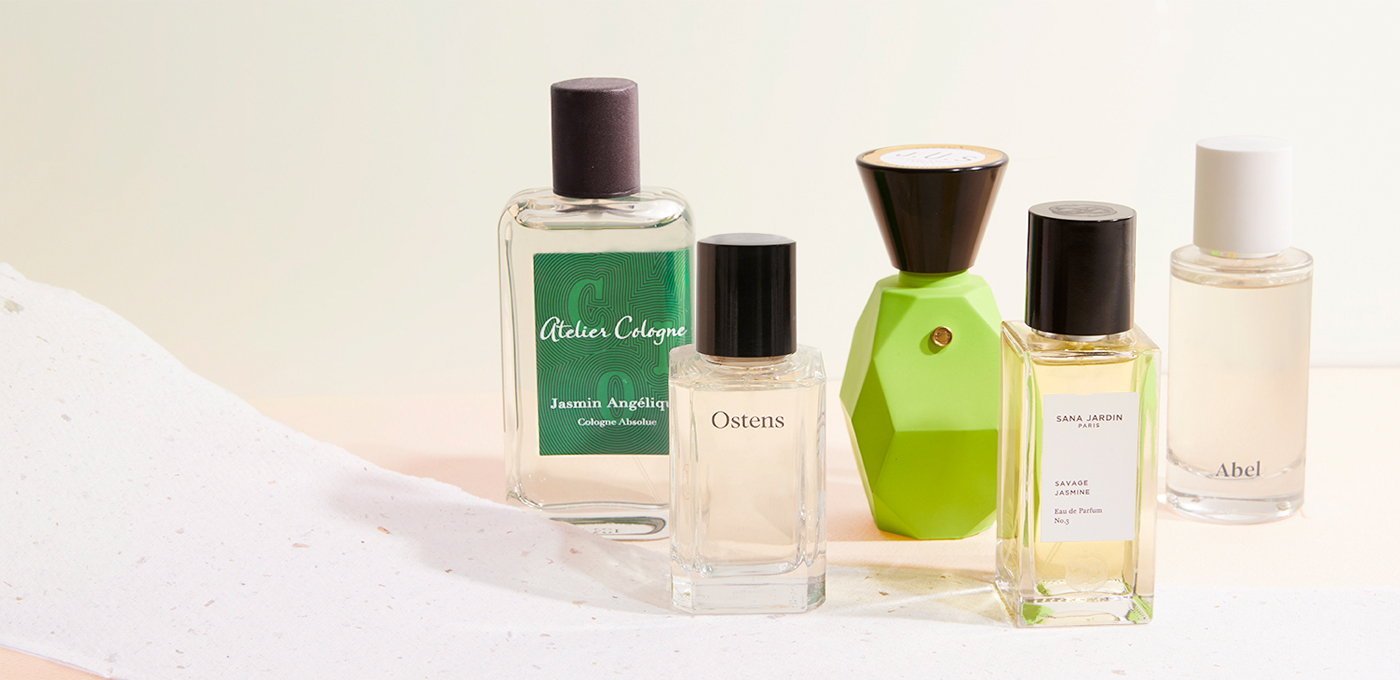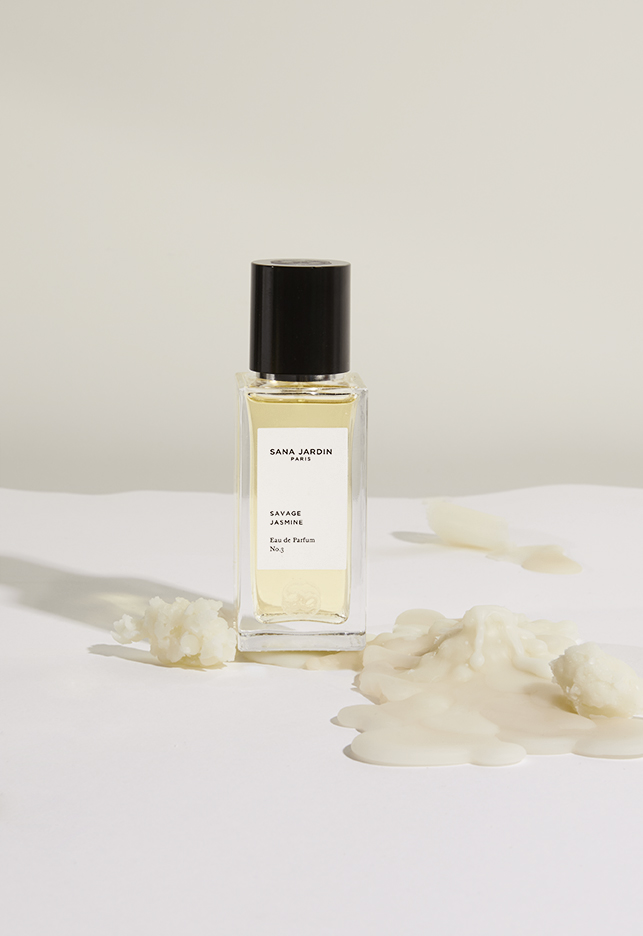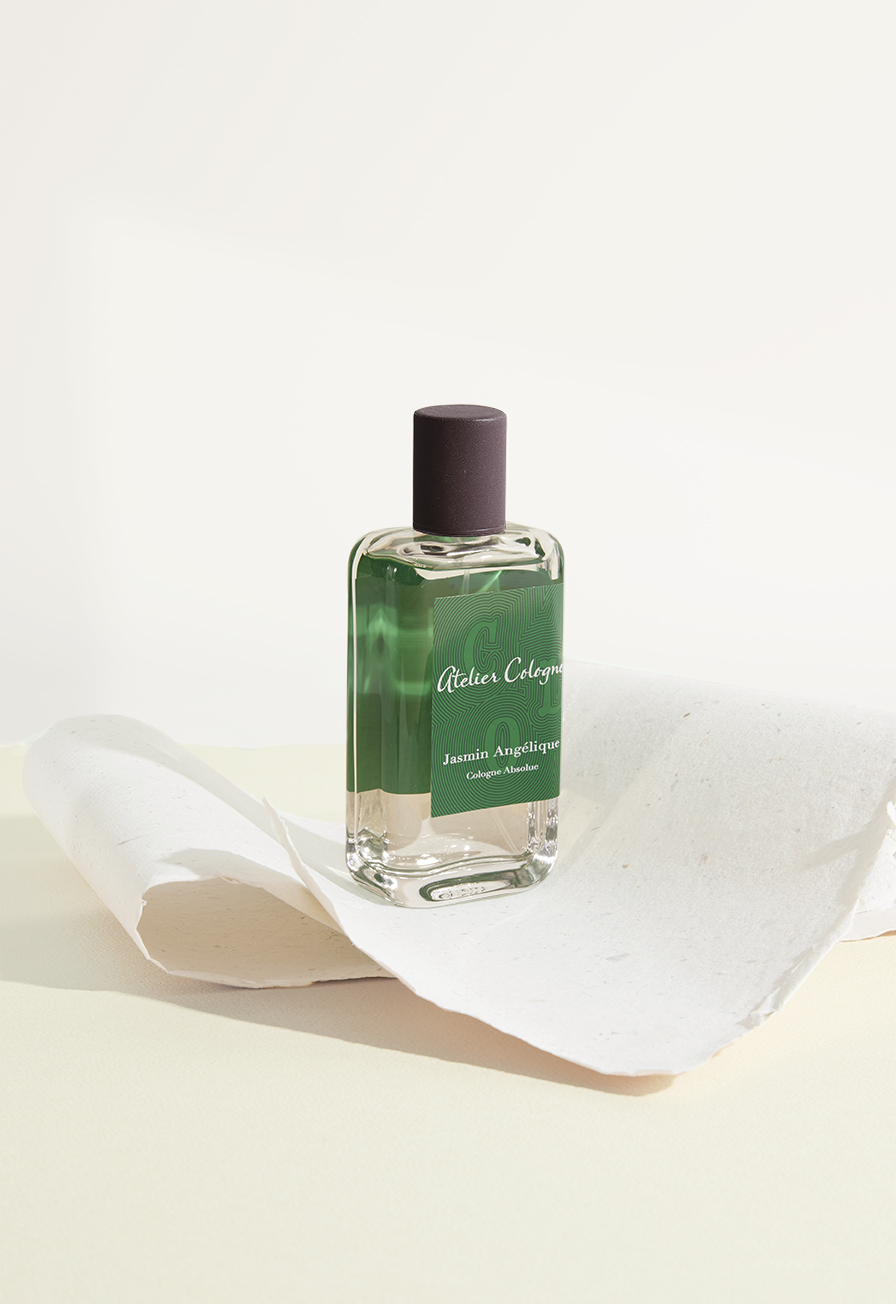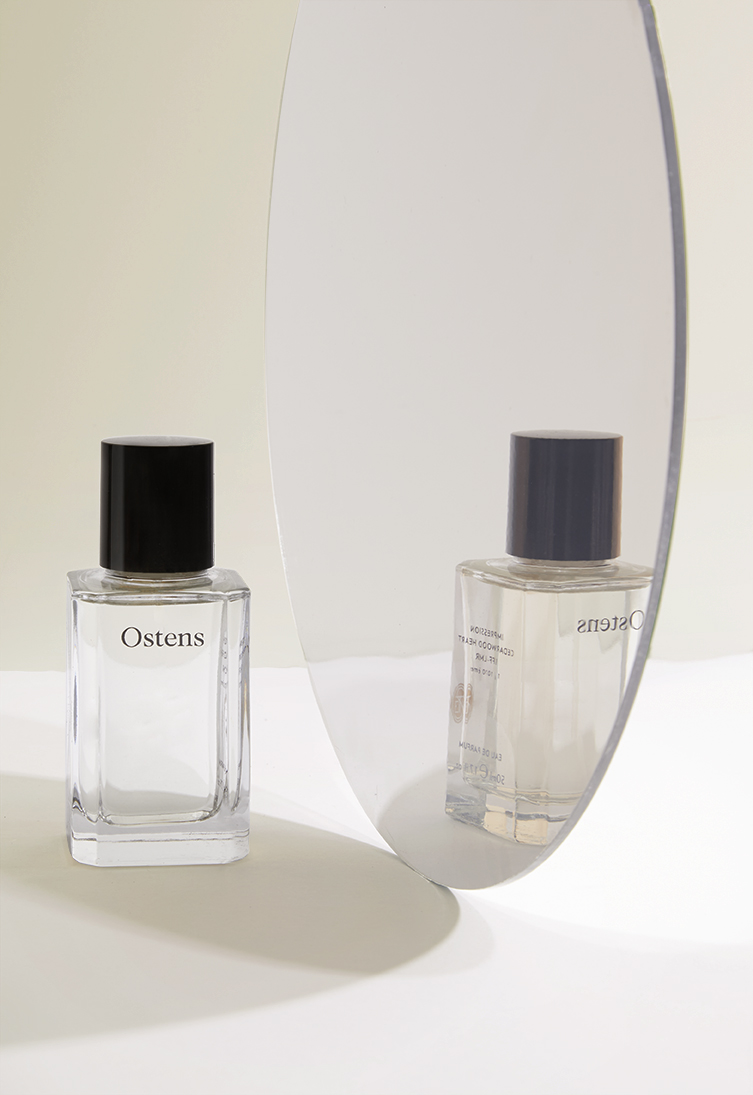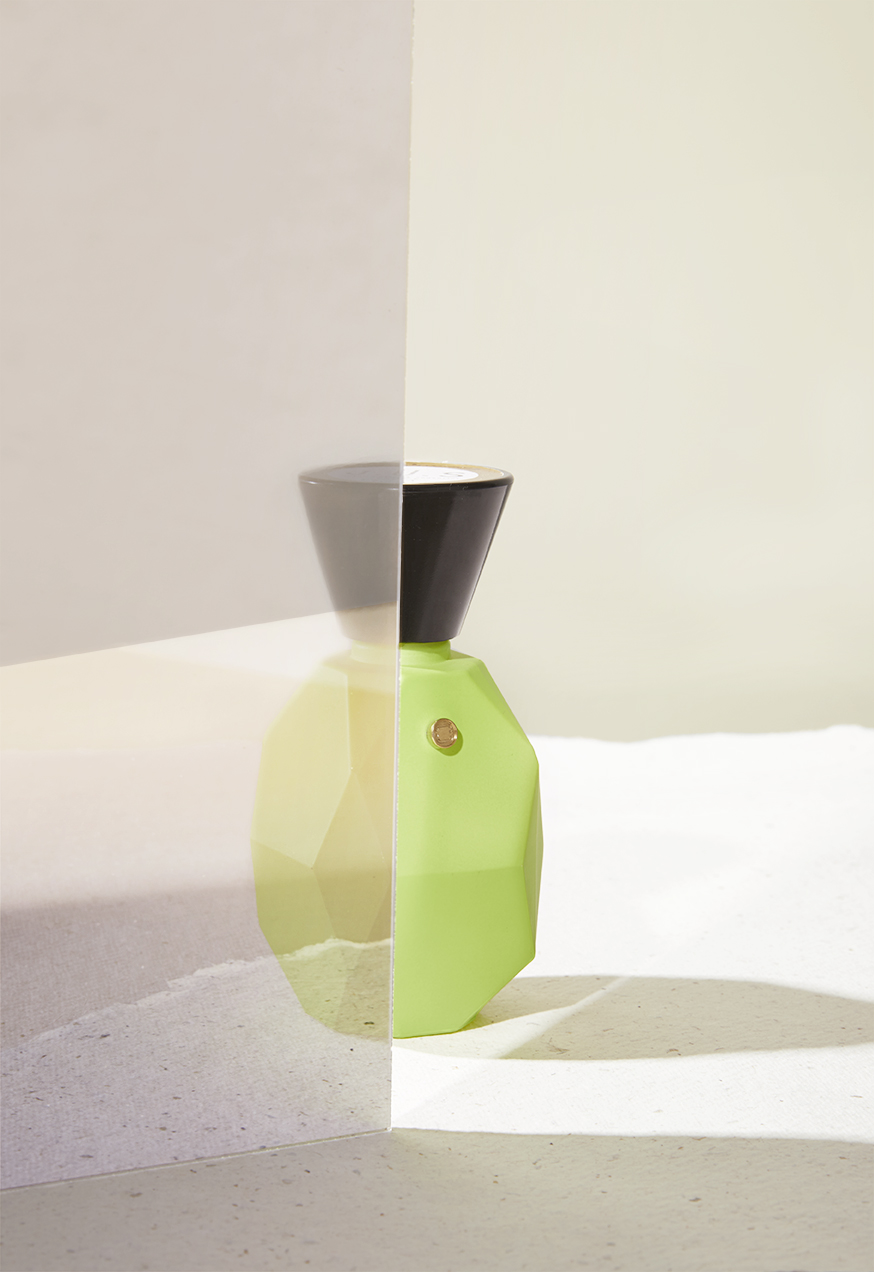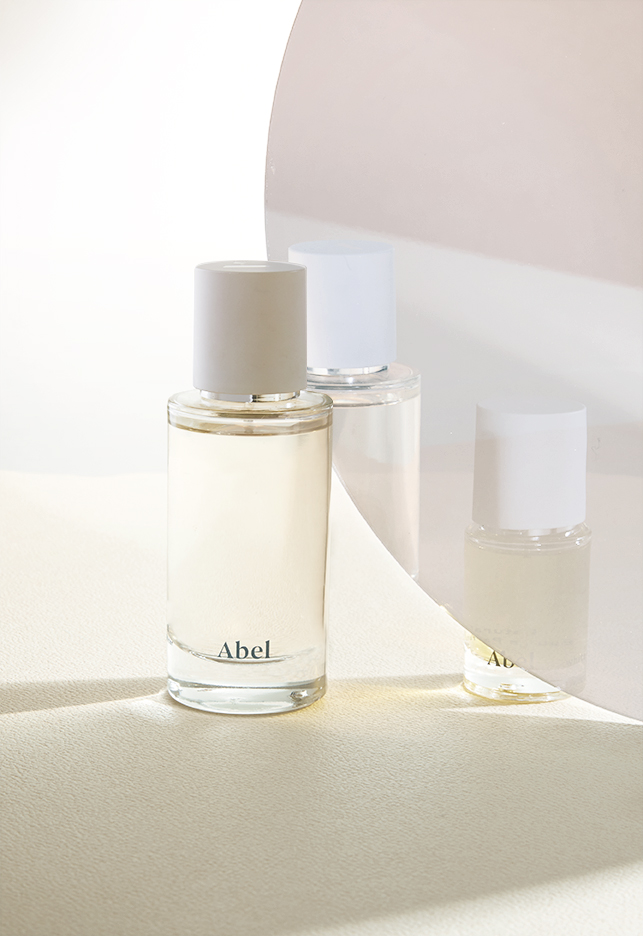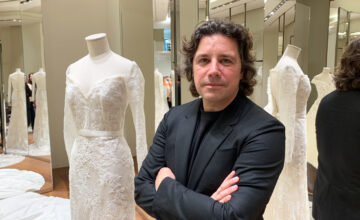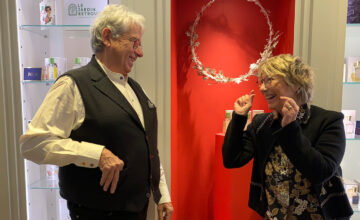
Sustainability is the hottest topic on everyone’s agenda currently, even for fragrance. But what does it mean for the scent we buy? Is it enough if we just recycle the bottle?
For us eco-conscious perfume wearers it’s a topic fraught with issues, not least because we often don’t know what questions to ask. Few perfumeries offer a refill service and many fragrances still come swathed in luxurious levels of hard-to-recycle packaging, although more shops are offering to recycle our empties. The all important fragrance juice is made from plant and synthetic materials that have a complex supply-chain journey to get into the bottle, very little of which is revealed on a label, so how do we start to assess the planet friendliness of our favourite scents?
The good news is that some far-sighted perfumers have been building sustainability into their DNA for some time, starting at plant-level (although synthetic notes play a big part, too) through to that box-wrapping layer of plastic (plant cellophane is coming soon, we are assured). We’ve picked five fragrance houses that have really impressed us with their dedication to making their perfumes more friendly for the planet while still being uncompromising on quality. Their founders really know what they’re talking about, so we asked them what it means to make sustainable sense with scents.
Sana Jardin’s admirable approach to sustainability extends to having a zero waste policy and empowering its female workforce, possibly because founder Amy Christiansen Si-Ahmed was a social worker before she was a social entrepreneur. But the fragrances are the reason we’ve picked this brand because they are all gorgeous. Savage Jasmine is intoxicating, with a richly buttery top note of clove-tinged, night blooming jasmine flower. As well as being sensual and a touch exotic, the fragrance claims to evoke a feeling of wellbeing and optimism.
Amy’s brand was one of the first to look at a supportive, holistic approach to creating a sustainable working practice for perfume. She told us “We believe that perfume can be a vehicle for social change and have developed a Beyond Sustainability™ business model that is based on flower recycling and a circular economy.” Sana Jardin takes the waste product from perfume production such as the steamed petals and extraction water and upcycles it into a line of products that the female flower harvesters in Morocco sell locally, becoming their own micro-entrepreneurs.
“Sustainability in perfume can mean many things.” she continued, “Often people will talk about provenance and that the ingredients are sourced in a way that does not harm the environment. We aim to take that conversation a bit further and economically empower the indigenous people who harvest by hand the flowers for perfume. Often they are rural-based women with limited employment skills and opportunities, so we’ve developed a co-operative to up-skill them so they can earn revenues year-round.”
This feels like visionary future-proofing to us, ensuring Sana Jardin has motivated staff and great raw ingredients to work with as they all create beautiful perfume. And it makes us think that it surely won’t be long before we all ask if being sustainable is enough. Is the sustainable regeneration model Amy has put in place the next step?
The Sana Jardin collection discovery box is a good way to try the range
Atelier Cologne Jasmin Angélique
The co founder of Atelier Cologne, Sylvie Ganter, is fierce about her sustainable credentials, which have been an important part of the brand since its launch. According to Sylvie, Atelier Cologne products contain no parabens, phthalates, liquid paraffin, colourants, sulphates, genetically modified ingredients or anything derived from animals. The bottles are recyclable and have screw top pumps so they can be refilled and increasingly, the boutiques are offering a refill service. Unlike many fragrances, Atelier Cologne never uses colourants in its juice, Sylvie told us her eco-aware customers are happy to accept that the juice might darken over time, and they would much prefer this to using an unnecessary chemical to disguise the change.
Sustainability for Sylvie is all about having a supplier of reliably farmed ingredients. She told us “We craft essences from exceptional raw materials that are as as natural as possible. Each raw material is chosen with care in order to take the best from nature while respecting it. This is why we work with Robertet and Mane, renowned French essential oil producers who are based in the Grasse in the south of France and whose unique handcrafted approach guarantee the highest quality to our Colognes Absolutes.”
The Atelier Cologne fragrance collection has become much loved for its modernised take on colognes (the clue’s in the name), we love Jasmin Angélique, a smart combination of bright Sicilian lemon and clean-cut, herby angelica washed through with creamy Indian jasmine. Uplifting and deliciously sunny.
Ostens Impression Cedarwood Heart
We’ve mentioned the visionary brand Ostens previously for its gloriously concise collection of single ingredient EDPs and oils, but it also locked in sustainable practise as part of its core values at the 2018 launch. For founders Laurent Delafon and Christopher Yu, there’s no sustainable practise without a great relationship with the ingredients supplier. So much so that they have listed the renowned naturals ingredients house IFF-LMR, on the label of the bottle. This transparency is a very welcome move for us perfume fans, as we increasingly ask what’s in the bottle and who made it.
Christopher was drawn to the care IFF-LMR took over supporting its farmers and distillers, many of whom run family based businesses in remote parts of the planet. He told us “Sustainability is really just another word for reconnecting with the human side of our process. It is so important to Ostens to put the people at the centre of everything we do. Not just for the ‘worthiness’ but because ultimately it makes the actual perfume better. The more we look at better ways of farming and the communities it impacts the better the raw material.”
This certainly shows in Cedarwood Heart, a plush, stylish cedarwood scent the brand accurately describe as ‘sappily aromatic freshly cut wood’. It settles to an elegant log cabin vibe (we’re seeing Ralph Lauren blankets draped over mid-century furniture…) with a slightly spiced kick from the patchouli base.
Enterprising new brands founded by an eco-engaged generation of young perfumers are showing the slow-to-change heritage perfume houses a thing or two about how seriously to take sustainable practice. The gently rebellious J.U.S, is just launching in the UK with a brand manifesto that firmly places quality French perfumery practice alongside sustainable values. It offers both a refillable and returnable bottle scheme, it even re-uses vintage bottles for some fragrances, and has designed both bottles and the gift boxes for easy double-use – the primary-bright-hued bottles will certainly make cheerful flower vases.
Perhaps the most groundbreaking concept with J.U.S is the open source formula sharing, a move that will undoubtedly make some of the more traditional (some may say behind-the-times) fragrance companies quiver with anxiety. Sharing exactly what’s in a fragrance formula is a bit like Coca-Cola suddenly tweeting its secret recipe to everyone, but for perfume buyers, it offers us a clearer understanding of what actually makes up a perfume and J.U.S is clever to show such transparency. Not only is the exact recipe for each fragrance listed clearly on the website, but the perfumer’s inspiration notes are offered up, written in an approachable, friendly style.
The super-sheer Rosamonda from the Joyaux Unique collection is a dewy, lush rose floral that has a gentle morning freshness to it. There’s a hint of herby greenness too, like crushed grass from an early garden walk. A real delight.
J.U.S also offer an excellent discovery kit.
The big picture on sustainability is complex, with no easy or quick solution, but we can use our buying power to support brands that show real commitment. Frances Shoemack, co founder of Abel is a good example of someone taking it seriously. Frances’s family are New Zealand wine producers and understand the balance needed when working with nature, it’s one of the reasons Abel is made from natural ingredients. She told us by email, “At Abel, we are on a continual journey of improvement and are being very transparent about it with customers. I’m wary of the word “sustainable” and certainly “100% sustainable”, which I’m not even sure is possible, our ecosystem is just much more complex than that. We try to look at the big picture – the impact on planet, weighing up the true cost and making what we think is the best decision.” Abel only works with sustainable suppliers and minimises its packaging footprint by using FSC rated paper, vegetable dyes and inks as well as using biodegradable cellophane.
Giving us an insight into the complex issues from a perfumer’s point of view, Frances explained that making a sustainable decision with fragrance ingredients is not always easy. For example, a synthetic fragrance compound (often frowned upon by ‘natural’ perfume lovers) may actually generate lower carbon dioxide emissions during the production process, but then won’t degrade in the ecosystem. Likewise, natural ingredients are grown where food – arguably more important – could otherwise be grown. She also pointed out the challenges for packaging, for example glass is heavier to ship, but has the ability to be recycled and is a renewable resource. There’s a lot to balance.
Being sustainably committed does, however, seem to have a positive affect on the fragrances, is it karma perhaps? We are hooked on White Vetiver, a sprightly flush of lime-tinged woodiness, where a subtle opening hit of lime and mint softens to an earthy, woody smudge of lickable warmth. 1% of sales on White Vetiver also go to the non profit organisation Soil Haiti, which supports the local farmers of this Haitian vetiver ingredient.
Photography by the wonderful Kate Anglestein. On Instagram here
Set design by clever Elena Horn. On Instagram here
